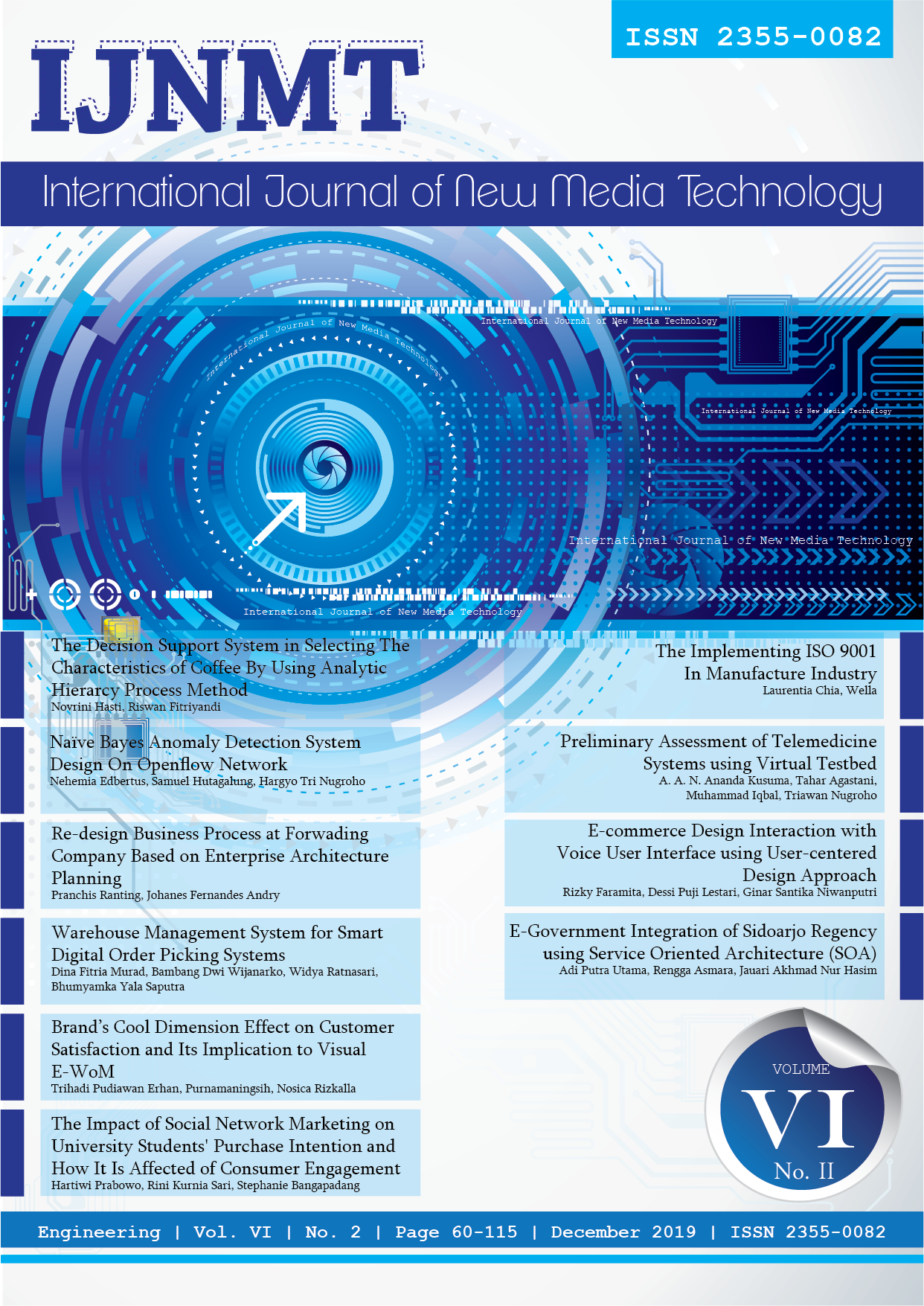E-Government Integration of Sidoarjo Regency using Service Oriented Architecture (SOA)
DOI:
https://doi.org/10.31937/ijnmt.v6i2.1452Abstract
the slow process of government services is a major problem of current government service systems (e-government). This is due to the lack of integration between e-government systems with regional governments. The application of data integration can accelerate the process of interaction and communication between agencies in the regional government. This study aims to develop an integrated e-government from various services that exist in government services in Sidoarjo Regency. The architecture used in developing this integration is using the Service Oriented Architecture (SOA). In the e-government development process has 3 main stages, namely: database creation, service creation, and service implementation on the frontend. The results of this study are in the form of conclusions on the architectural capabilities used in e-government integration accompanied by the speed of services produced.
Downloads
Downloads
Published
How to Cite
Issue
Section
License
Authors retain copyright and grant the journal right of first publication with the work simultaneously licensed under a Creative Commons Attribution-ShareAlike International License (CC-BY-SA 4.0) that allows others to share the work with an acknowledgement of the work's authorship and initial publication in this journal.
Authors are able to enter into separate, additional contractual arrangements for the non-exclusive distribution of the journal's published version of the work (e.g., post it to an institutional repository or publish it in a book), with an acknowledgement of its initial publication in this journal.
Copyright without Restrictions
The journal allows the author(s) to hold the copyright without restrictions and will retain publishing rights without restrictions.
The submitted papers are assumed to contain no proprietary material unprotected by patent or patent application; responsibility for technical content and for protection of proprietary material rests solely with the author(s) and their organizations and is not the responsibility of the IJNMT or its Editorial Staff. The main (first/corresponding) author is responsible for ensuring that the article has been seen and approved by all the other authors. It is the responsibility of the author to obtain all necessary copyright release permissions for the use of any copyrighted materials in the manuscript prior to the submission.















